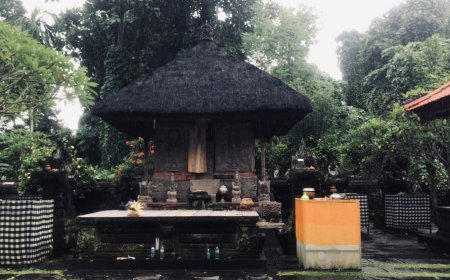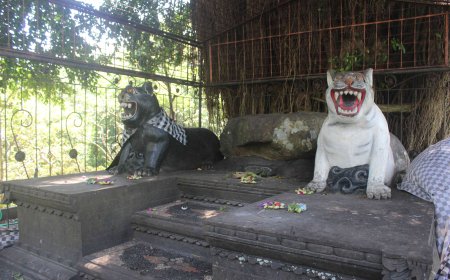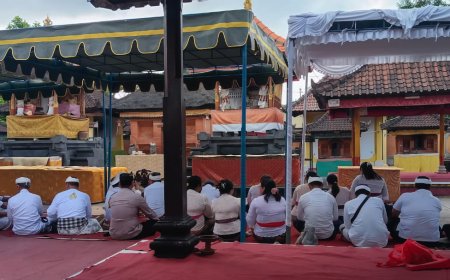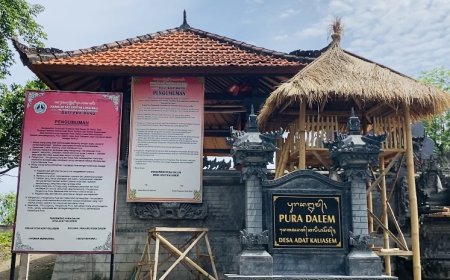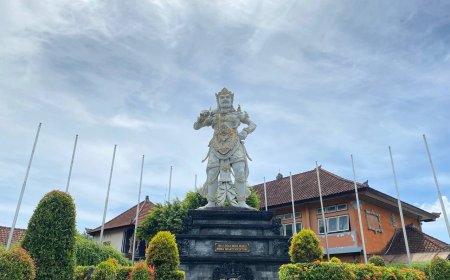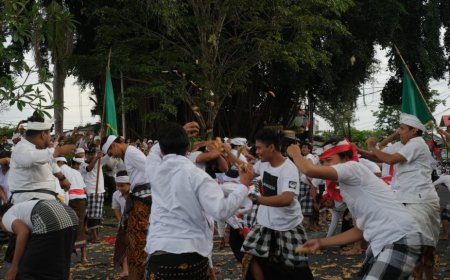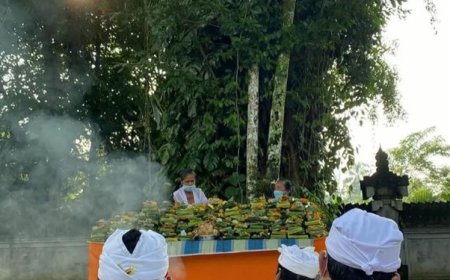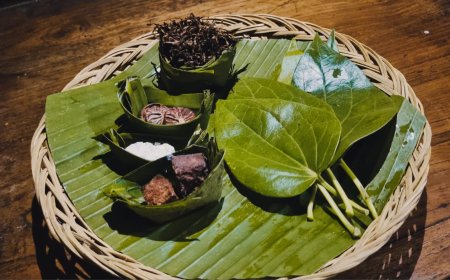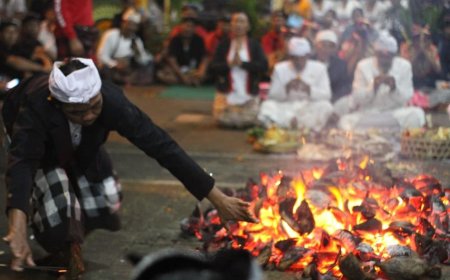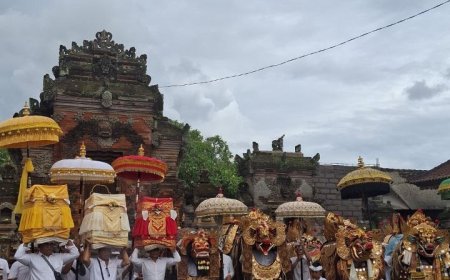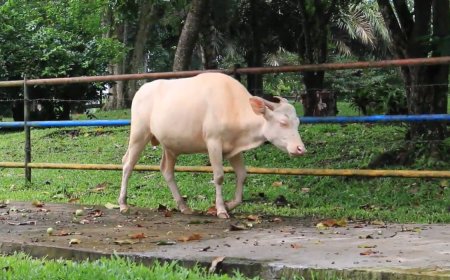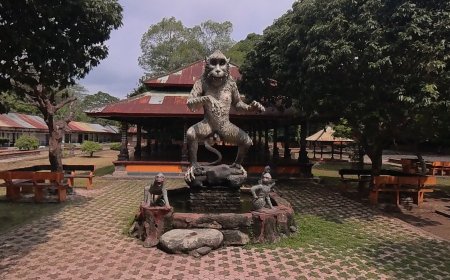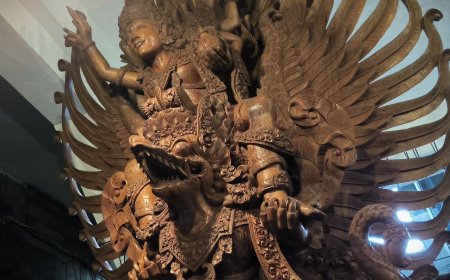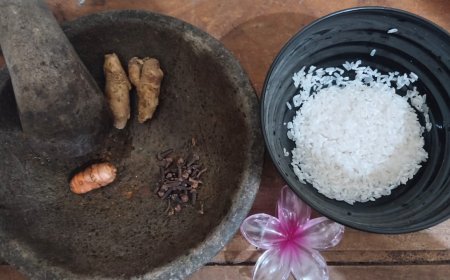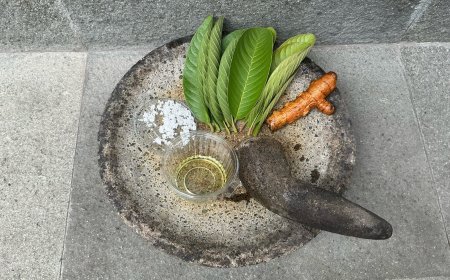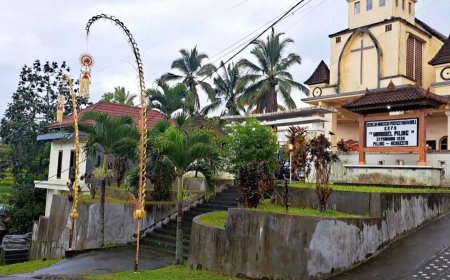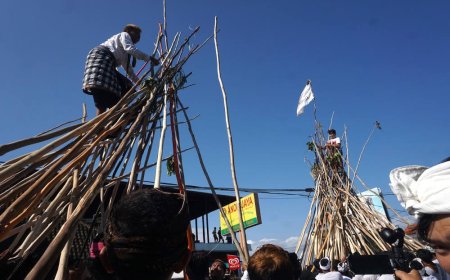From a Famine-Repelling Ritual to a Symbol of Brotherhood: The Story of the "Perang Tipat Bantal" in Dalung
The Tipat Bantal War in Dalung is an annual tradition that originated during a time of famine. Villagers throw tipat and bantal as symbols of balance, togetherness, and prayers for rain. To this day, the ritual serves as an expression of gratitude and a bond of brotherhood within the community.
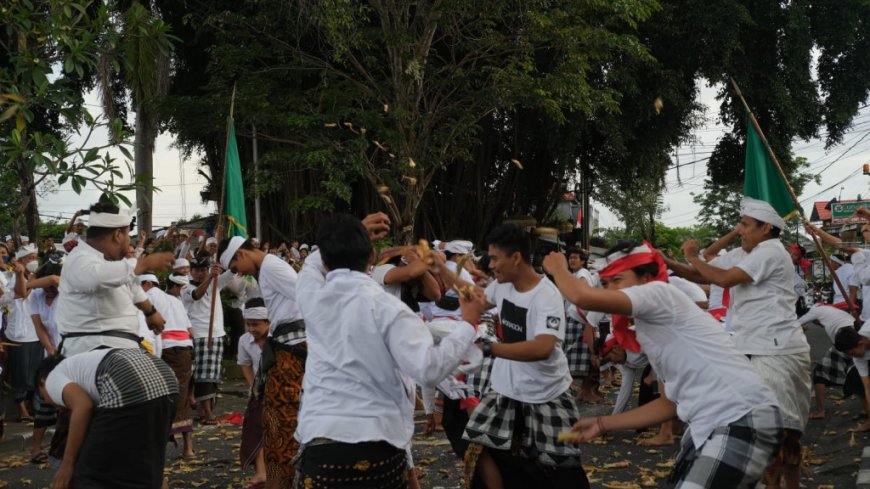
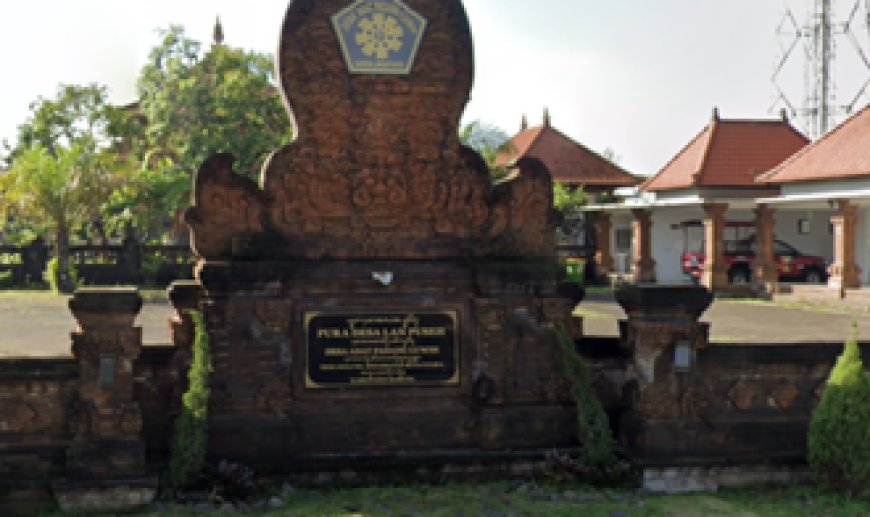
Pura Desa Lan Puseh, Padang Luwih Traditional Village (Source: Personal Collection)
Origins from a Time of Famine
Bali is not only renowned for its breathtaking natural beauty but also for its rich cultural traditions that have endured through time. One such unique tradition is the Tipat Bantal War or Mesalaran Tipat Bantal, an annual customary ritual held by the people of Padang Luwih Traditional Village in Dalung, North Kuta, Badung.
This tradition was born from a long history rooted in a difficult period for the village. It is said that Dalung was once struck by a prolonged famine. Rain would not fall, the rice fields dried up, and the villagers faced the threat of starvation. In this desperate situation, the village elders sought guidance at Pura Desa lan Puseh.
Divine Whisper and the Symbol of Universal Balance
From their prayers came a pawisik (divine whisper) instructing the villagers to create rice-based offerings in two forms: tipat (square-shaped rice cakes) representing purusha (male) and bantal (long cylindrical rice cakes) representing pradhana (female).
Not only were these offerings to be presented at the temple, but they were also to be joyfully thrown at one another among the villagers. This act of tossing symbolized the balance of the universe, togetherness in both joy and hardship, and a reminder that blessings are meant to be shared, not kept for oneself. A miracle soon followed: the very next day, rain fell, ending the famine. From that moment on, Mesalaran Tipat Bantal has been held every Purnama Sasih Kapat (the full moon of the fourth Balinese lunar month) as an expression of gratitude and a celebration of unity.
A Festive Series of Ceremonies
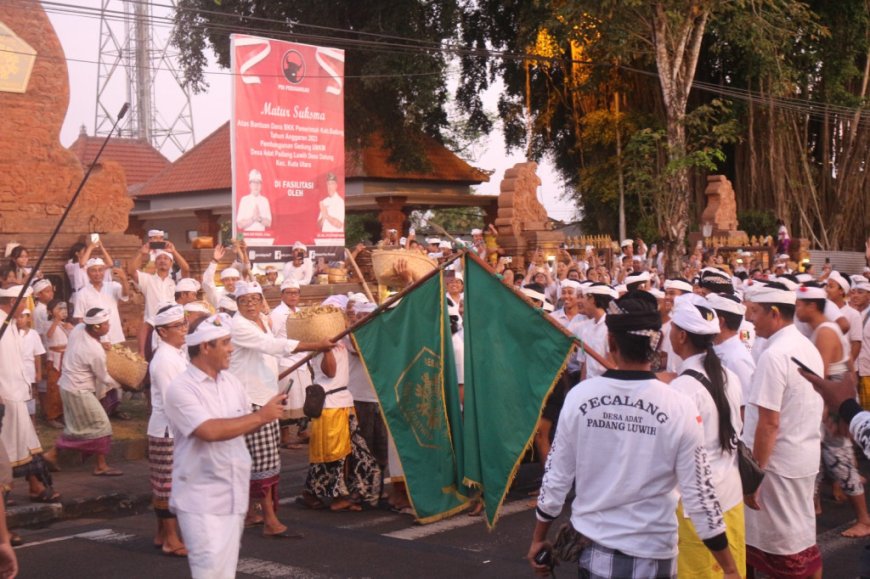
Villagers are divided into two groups (Source: Personal Collection)
To this day, the procession begins with communal prayers at Pura Desa lan Puseh. Each household brings offerings consisting of six tipat and six bantal. The villagers are then divided into two large groups based on their banjar (hamlet) locations: north and south. This tradition involves six traditional banjar: Tegal Jaya, Celuk, Jeroan, Pendem, Gaji, and Kwanji.
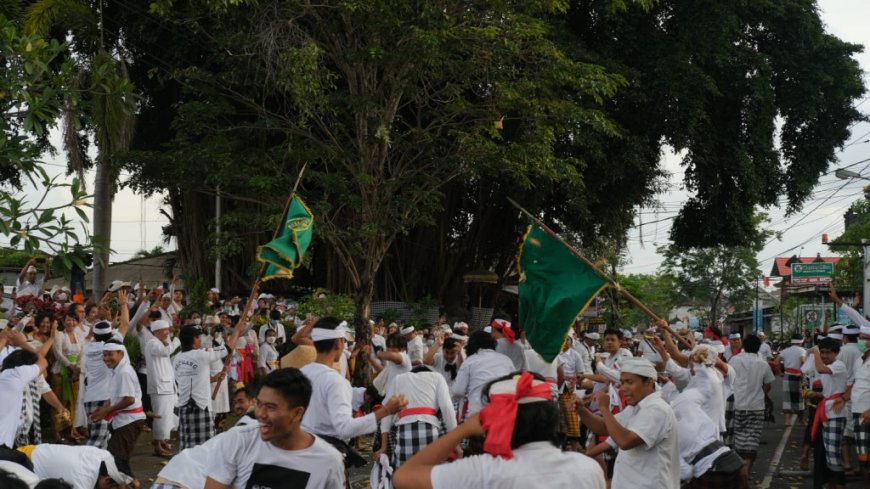
Villagers throw Tipat and Bantal at each other (Source: Personal Collection)
Under the supervision of pecalang (traditional security officers), villagers gather in front of the temple and begin throwing tipat and bantal at one another. The atmosphere is not one of anger or hostility but of joyous celebration, filled with laughter and cheerful shouts. From children to the elderly, everyone joins in the merriment, as if the entire village were once again united in one shared feeling: joy, gratitude, and brotherhood.
